Object-Oriented UX
Notes I took while reading this article on A List Apart by Sophia V. Prater:
- Much like the book Published/Conceptual Models, Object-Oriented UX claims that we shouldn't start designing from actions, main flows, or screens.
- Instead, we should start designing from objects and their relationships.
- Objects better mimic the mental model of users, because people think in objects.
- Objects are how engineers structure code, os it helps cross-functional alignment.
- Objects make your system easier to cut, prioritize, and build.
Process
The OOUX process aims to help us map and uncover the objects in a system, their content, how they relate to each other, and how users can act on them.
- Extract objects from goals
- Highlight the nouns on sentences that describe your product's capabilities and goals.
- Keep only the objects that users will be exposed to; discard objects that are vague.
- Discard words that are actually just ways of implementing a lists, eg. Feed, Map, Catalog, etc.
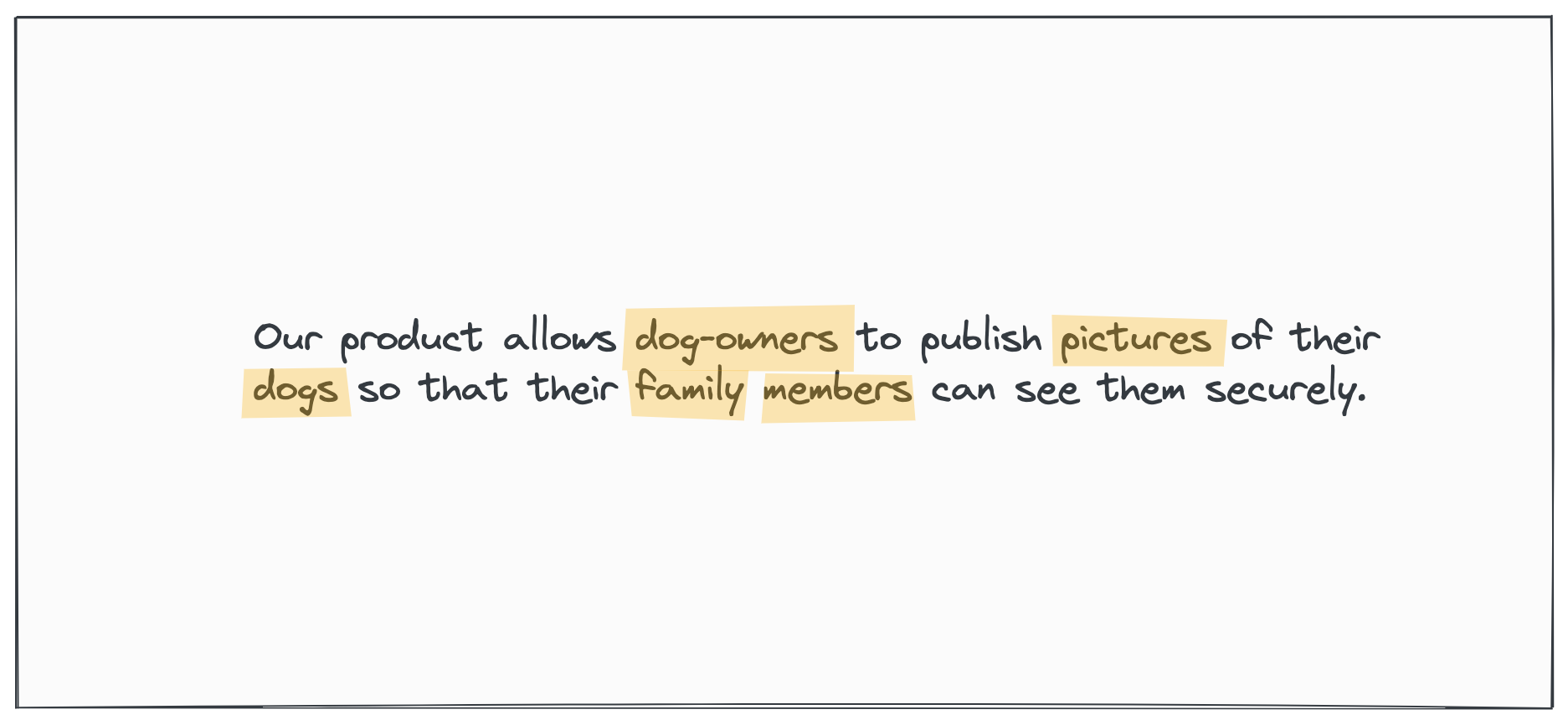
- Separate each object into a post-it:
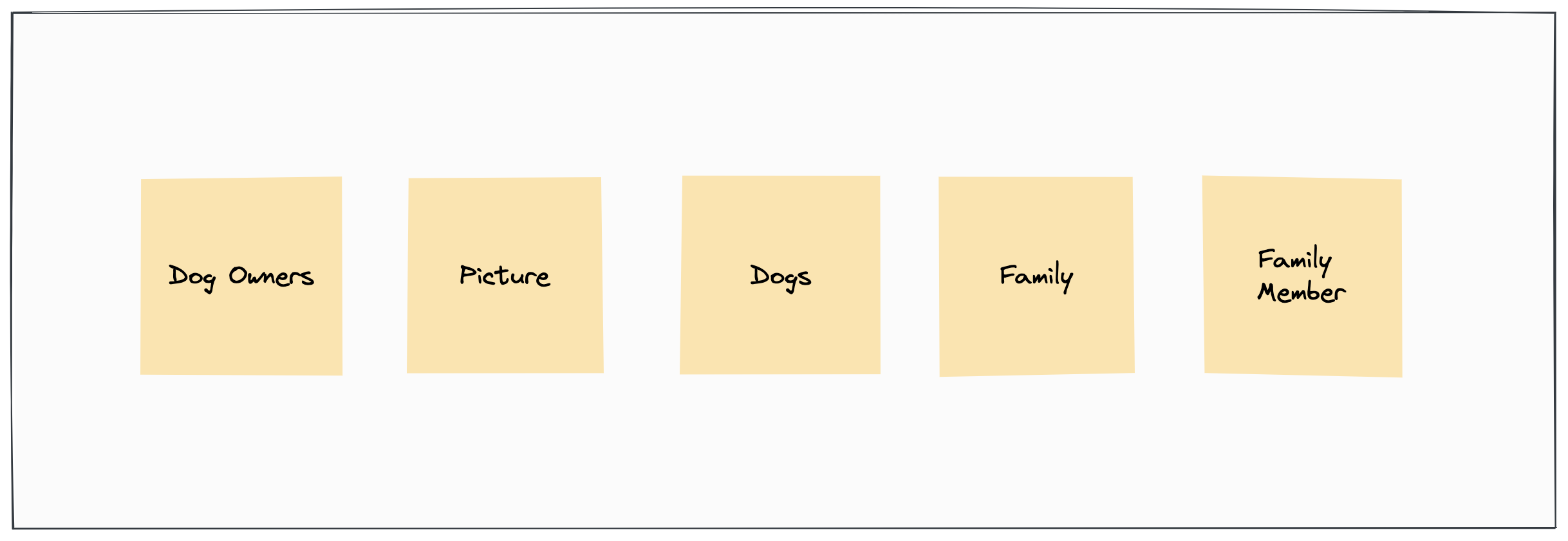
- Define core content of objects
- Separate in two categories: core content and metadata.
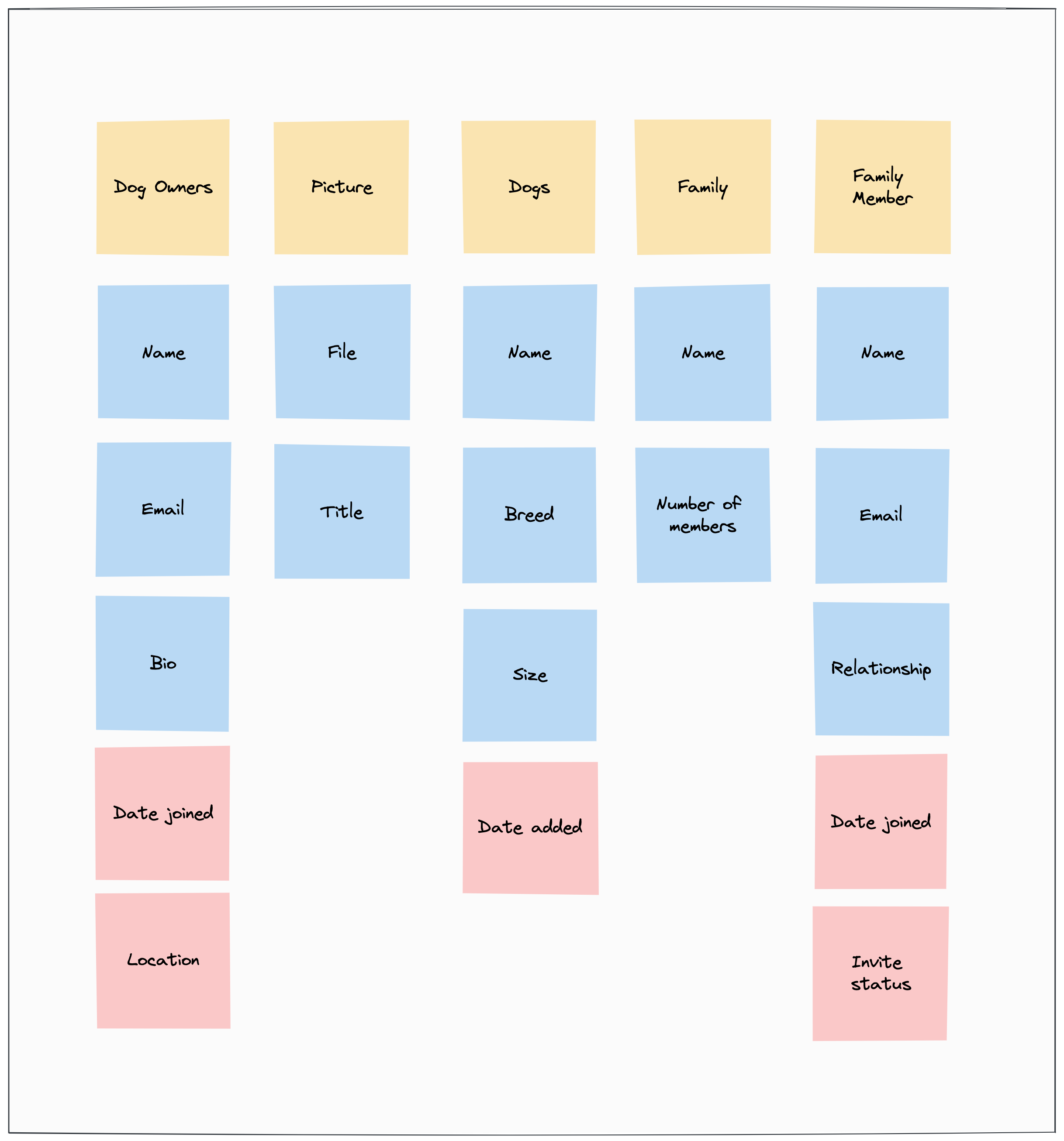
- Explore nesting objects inside each other
- Nesting objects helps us question what relationships they should have, and often surface ideas that we hadn't explored before.
- What happens when you get a user and put it inside a "recipe"? What relationships could they have?
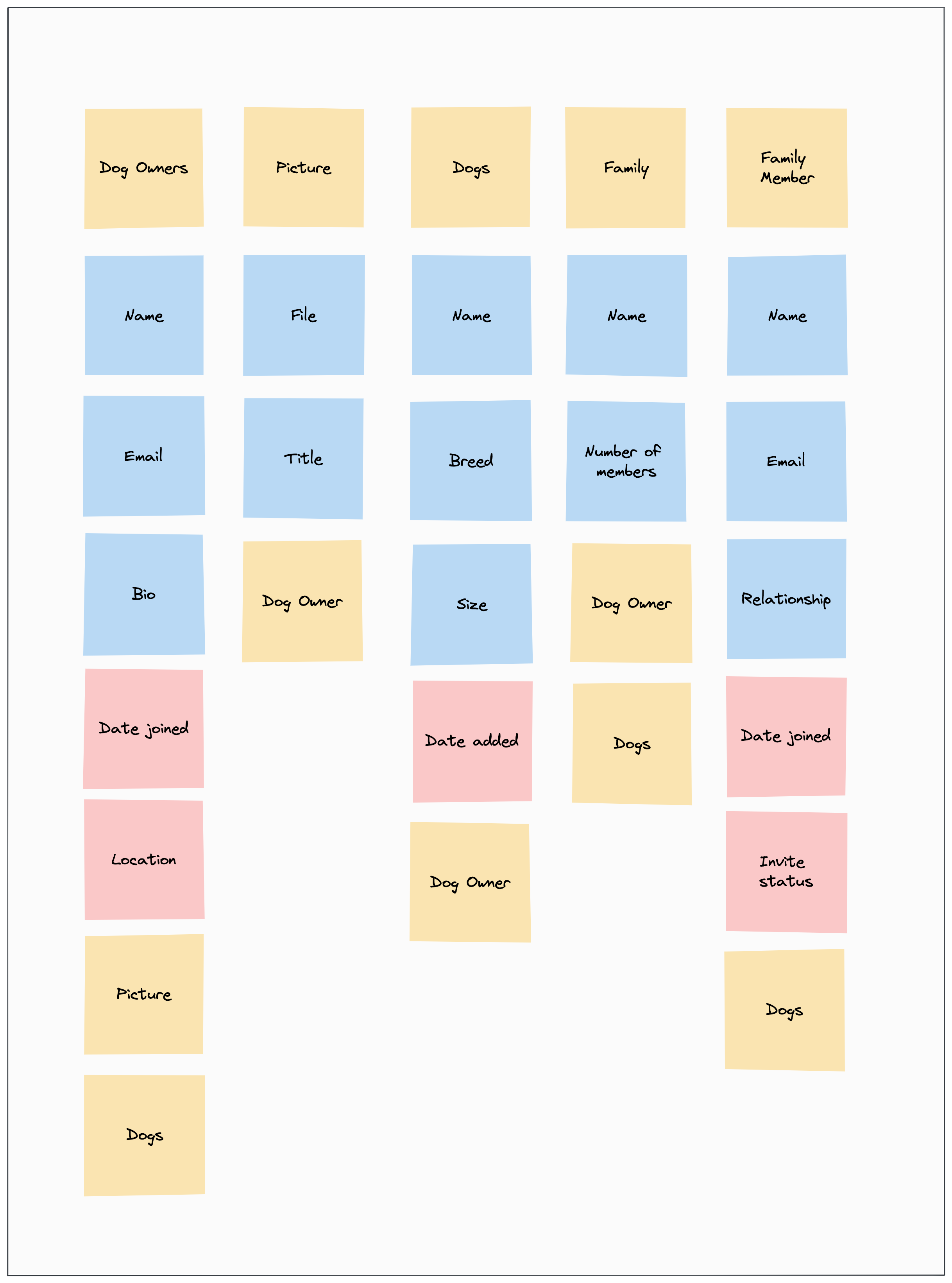
-
Forced ranking
- Often the most difficult step. Rank post-its based on importance.
- Remember: Priority order does not mean how elements will show up on design. This is the designer's job later, to figure out how to reflect priority in the UI.
-
For every object, brainstorm what actions a user may want to perform on them.
- Eg. for an ingredient, a user may want to mark as favorite, add to a list, check availability, follow, mark as a allergy.
- On a first pass, you can simply add post-its with all CTAs next to the object diagram.
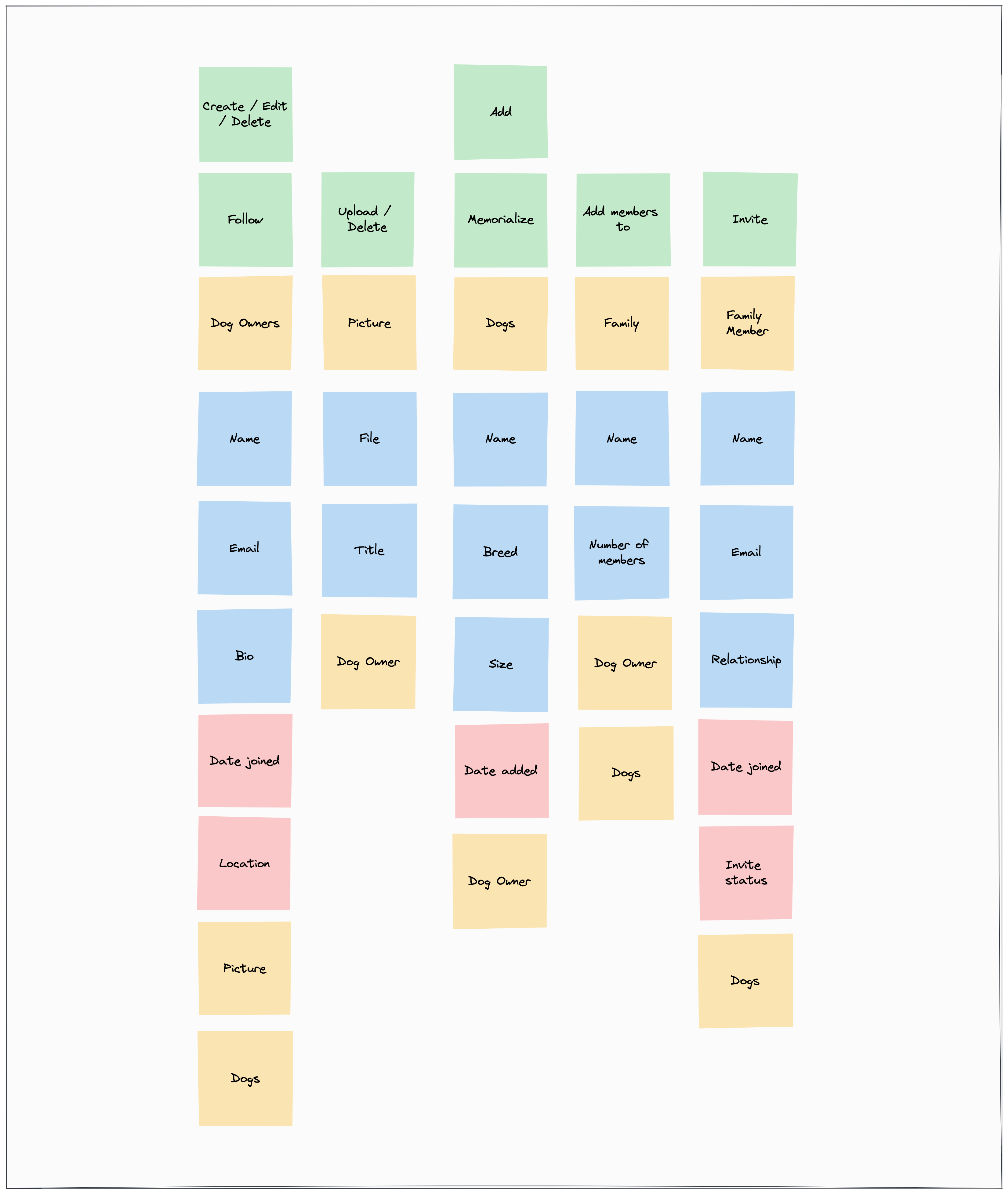
- On a higher-fidelity pass, you'll want to move to a spreadsheet that can capture:
- The object
- The CTA to act on the object
- Why does the CTA exist
- Who will trigger the CTA
- Where will the CTA live?
- How much complexity is inherent in the flow that starts with this CTA?
- Priority of implementing this CTA?
- Open questions and discussions about this CTA?
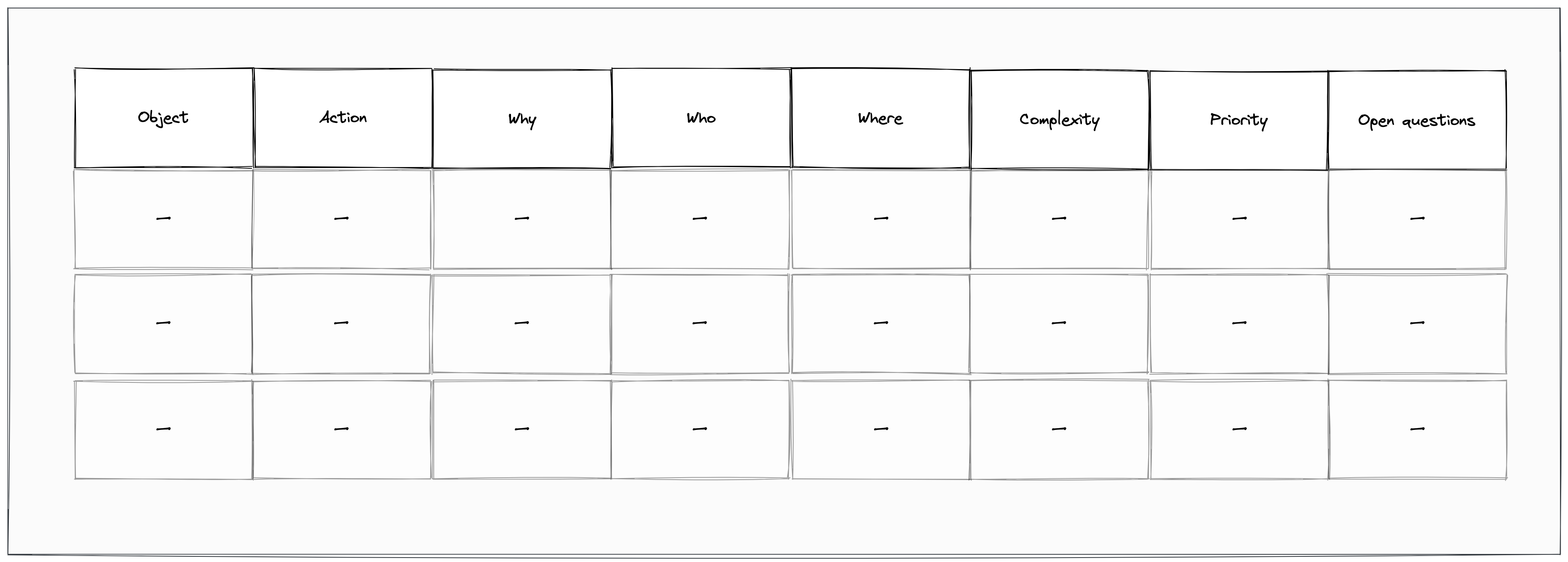
-
You can test your conceptual model before any UI design. Let users navigate through the boxes and see if the relationships and "doorways" make sense to them.
-
Finally, now you're ready to start designing the Interaction.
- Now, you can design with more confidence that the team is aligned, and that users will understand the end result.





